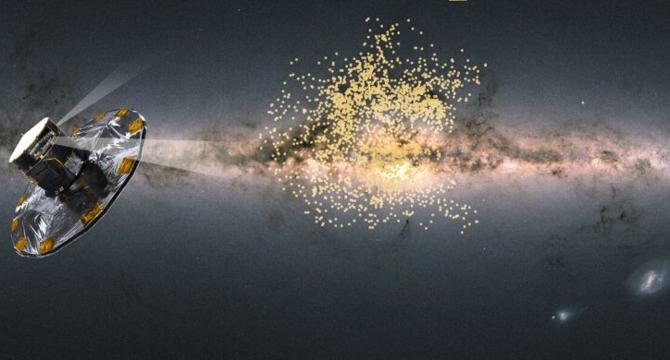Earthsky
1M
260

Image Credit: Earthsky
Family of stars set to leave home and zip across the galaxy
- The Gaia space telescope has discovered an unusual family of stars named Ophion, consisting of over 1,000 young stars, set to disperse across the galaxy in a haphazard manner.
- Ophion's behavior differs from typical star families, as they are moving swiftly and will soon completely scatter, leaving an empty nest behind.
- Researchers used Gaia's data to identify Ophion, utilizing a new model called Gaia Net to analyze the spectroscopic data of young stars.
- The uniqueness of Ophion raises questions about why these stars are behaving abnormally, with potential influences from neighboring energetic events or past supernova explosions.
- The discovery of Ophion challenges traditional methods of identifying star families and highlights the importance of advanced data analysis techniques like Gaia Net.
- Despite the conclusion of Gaia's observations, the mission's data will continue to provide insights and discoveries for years to come, with upcoming substantial data releases planned.
- Gaia's contribution to understanding stellar evolution and galactic dynamics marks a significant scientific achievement for astronomy and astrophysics.
- The collaborative efforts of researchers, including undergraduate and postgraduate students, have led to innovative insights into the behavior of stars within the Milky Way.
- The mystery surrounding Ophion's unique behavior opens up new avenues for investigating star groups and evolving our understanding of stellar dynamics in the universe.
- The Gaia mission's legacy, through its vast data and innovative methodologies, continues to reshape our knowledge of stars and galaxies, paving the way for further discoveries in the field of astronomy.
Read Full Article
15 Likes
For uninterrupted reading, download the app